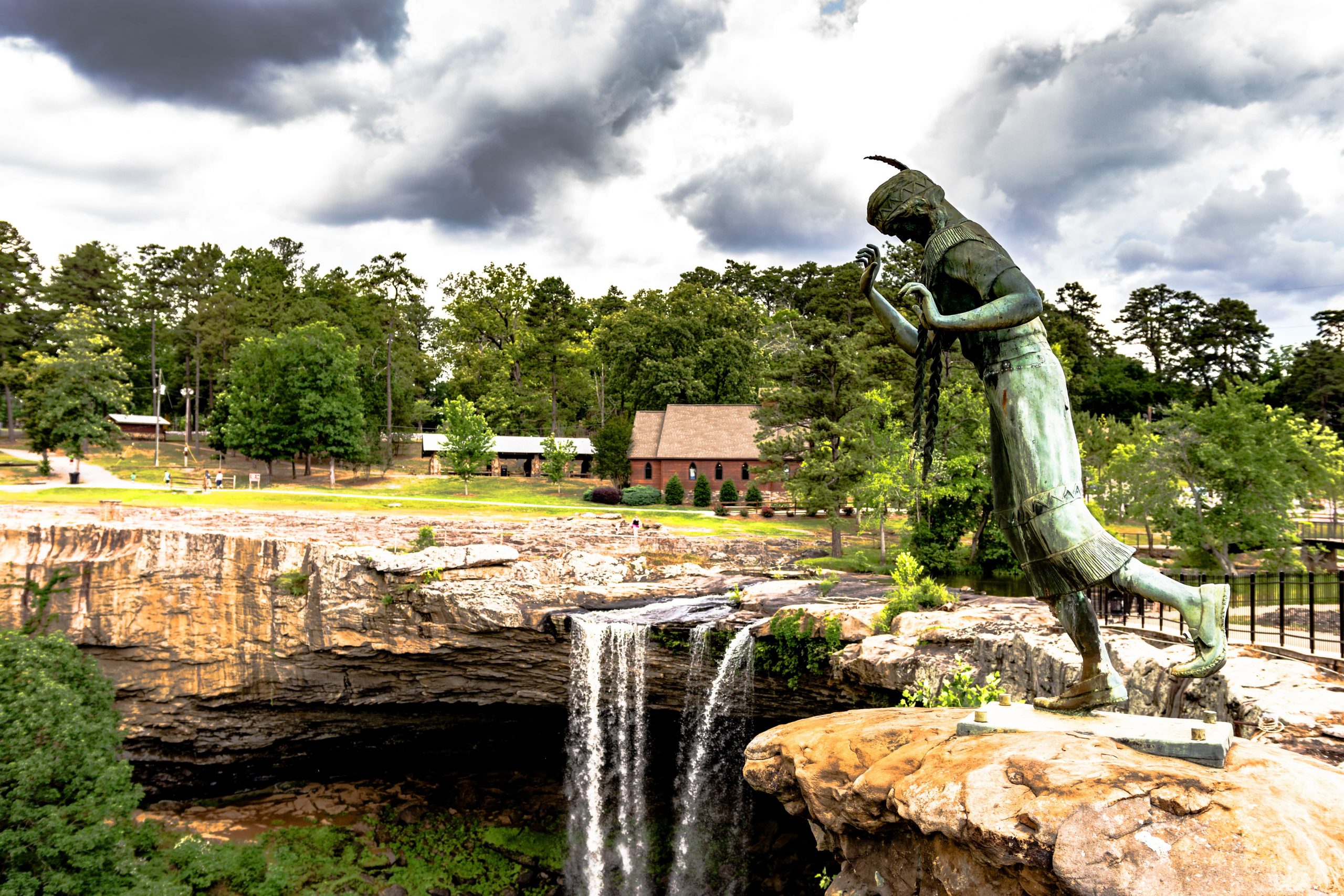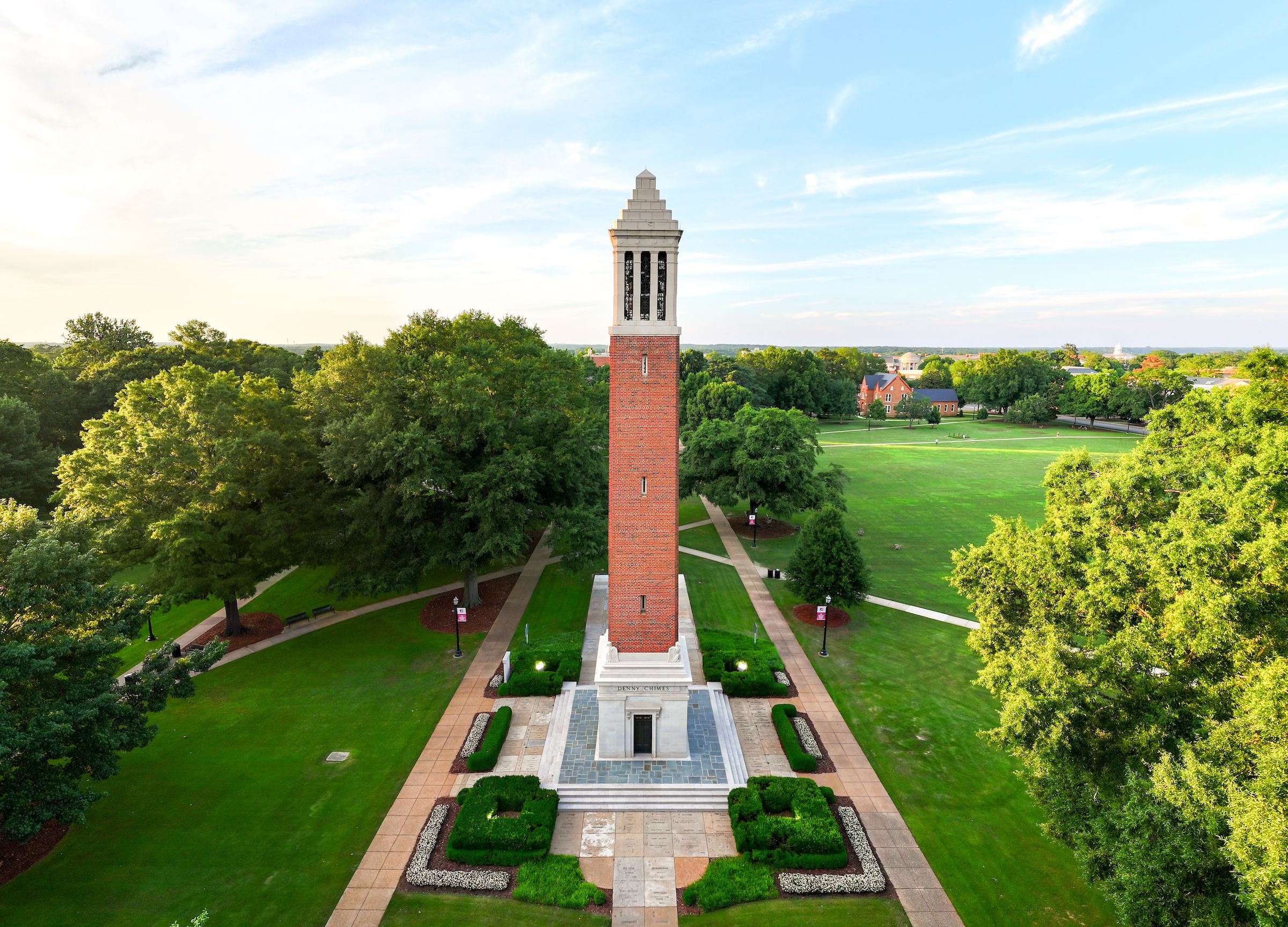Explore
Let's uncover the best places to eat, drink, and shop nearest to you.
Happening Cities
Cities You Must Explore This Summer
Exclusive & Popular
Popular Exclusive Listings In Our Directory
-
call256-494-4571
- Show Map
-
call256-413-0049
- Show Map
 Cigar Cigarette Tobacco Dealers
Cigar Cigarette Tobacco Dealers
-
call256-413-0049
- Show Map
-
call256-494-4768
- Show Map
-
call256-494-4768
- Show Map
1007 Goodyear Ave, Gadsden, AL...
-
call Now256-494-4571
- Get Direction
110 Sutton Bridge Rd, Rainbow ...
-
call Now256-413-0049
- Get Direction
1007 Goodyear Ave, Gadsden, AL...
-
call Now256-494-4768
- Get Direction
What’s Trending
Let’s Checkout What Everyone is Talking About
News & Tips
Checkout Latest News And Articles From Our Blog

Gadsden Police Investigate Homicide of Dakota Hallmark as Suspect Found GADSDEN, Ala. — A hearing under...

Remembering Patricia Huddleston Martin: A Life of Music, Community, and Conservation Patricia Huddleston...
No posts found
Are You a Local Business?
Join the community of hundreds of flourishing local business in your city.

























